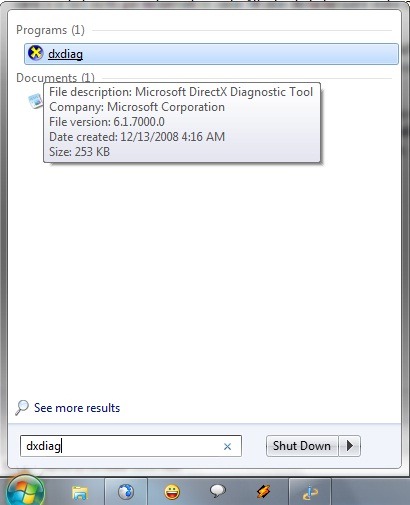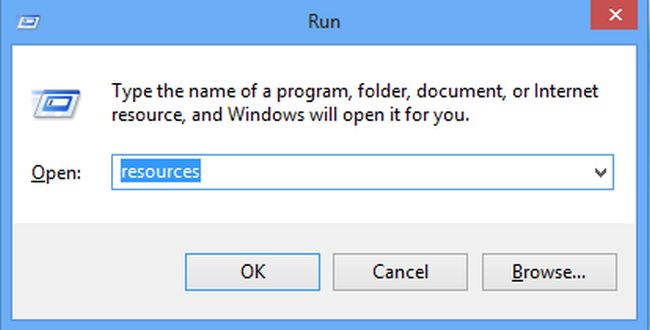Aero Glass Transparency Effect one of best features of Windows Vista is also extended to Windows 7. However the hardware requirement to enable aero in windows 7 is much higher then average users can have. Yesterday we posted after you have installed and you meet minimum system requirement for Aero effect but for those users who’s system requirement is not up-to the requirement of windows 7 Aero can use below registry hack to force enable Aero Windows 7. Enable Aero in Windows 7 with Registry Hack 1. Click on Start and type regedit at run 2. Now Navigate to the following registry key: HKEYCURRENTUSER Software Microsoft Windows DWM 3. In the right details pane, create following Three DWORD (32-bit value) entry UseMachineCheck, and set its value to 0.



Enable Aero Windows 7 Registry Hack
Blur, and set its value to 0. Animations, and set its value to 0. Close Regedit 5.
Enable Aero Registry Hack Tool
Click on Start and type CMD with administrative Priviliges 6. Now type following command Net Stop uxsms Net Start uxsms Above command will stop and start Desktop Window Manager Session Manager. Now Attempt to Enable Aero by right clicking on desktop- Personalize -Windows Colors. This Registry Hack to enable Aero in Windows 7 can also be used on Windows 7 install on Virtual Machine like Virtual PC 2007 but this wont work on Vmware Player which doesn’t have DirectX 9 or support physical machine video Drives.
This method will not enable Aero for any client running under VirtualPC 2007. The reason is that the emulated video card has specifications well below the requirements of Aero. The emulated hardware for VirtualPC was chosen for maximum compatibility with client operating systems, not maximum capability.
Enable Aero Registry Hack Download
Apparently Aero does work with WMWare, but this is a commercial product and not free like VirtualPC. It has also been reported that Aero will work if the client attaches to the host via remote desktop. Larry Miller Microsoft MCSA.